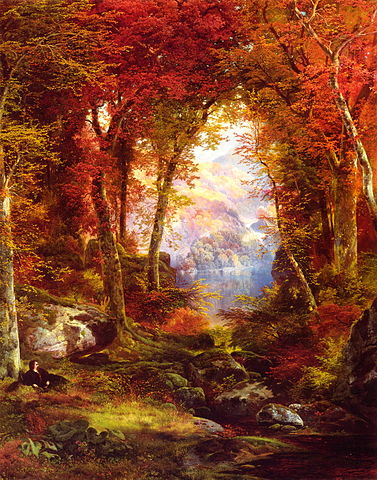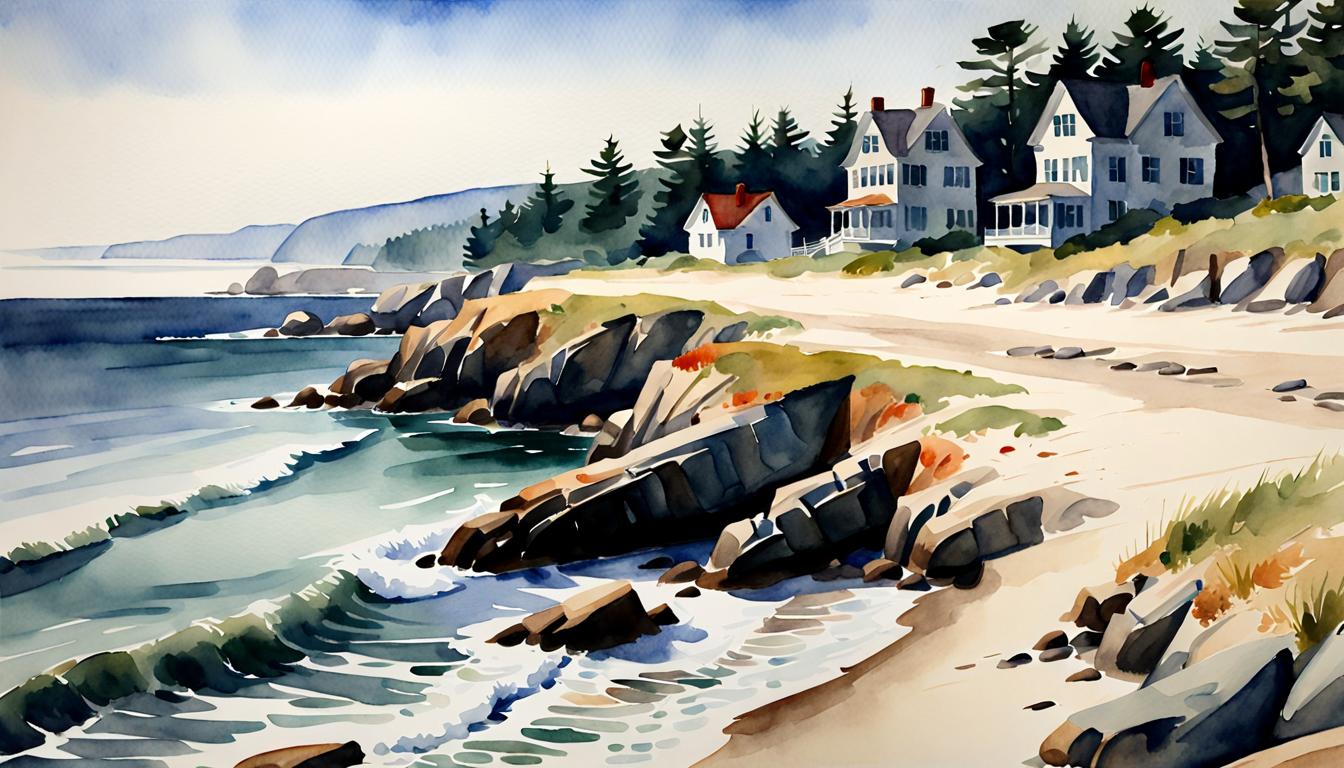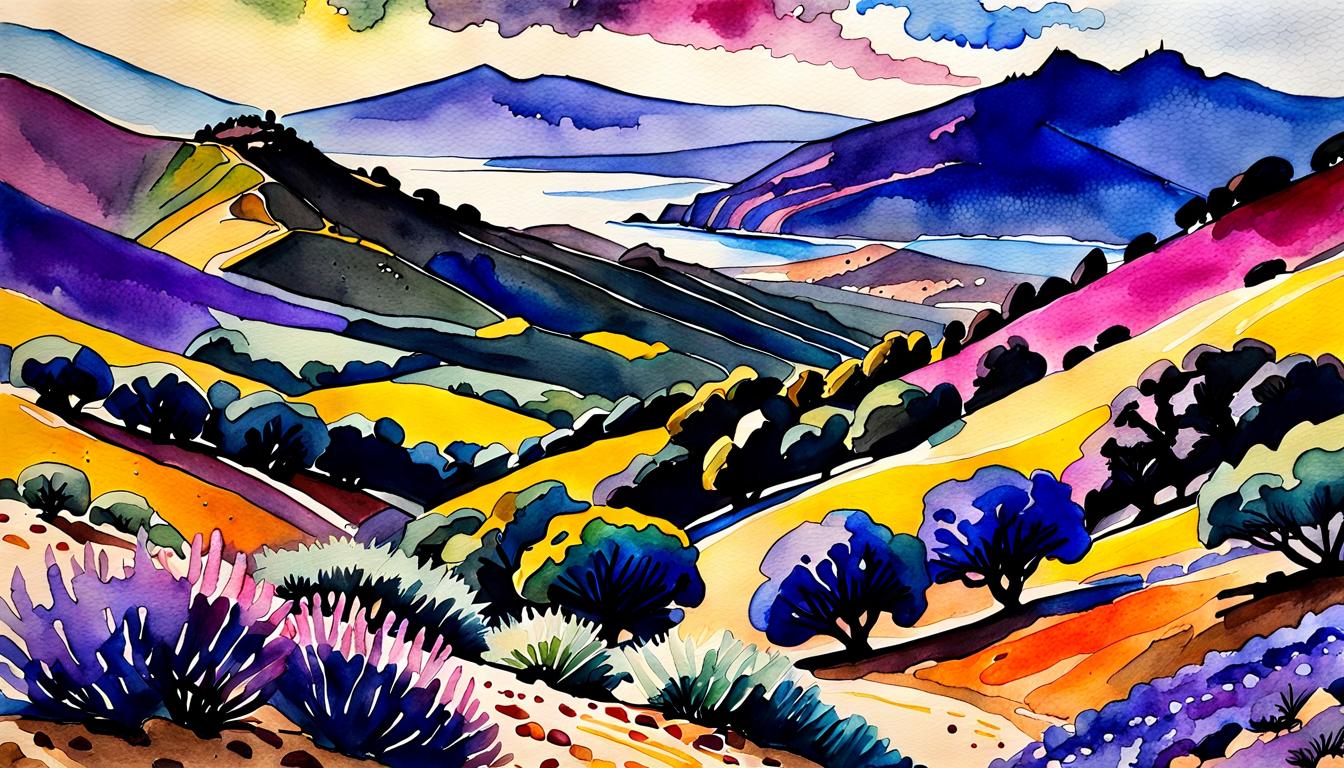Winslow Homer was an American painter born in Boston in 1836. He is considered one of the greatest American watercolor artists of all time, and his works continue to inspire and influence artists today. Homer’s importance in the history of watercolor painting lies in his unique approach to the medium, which combined a keen eye for observation with a mastery of technique.

Early Life and Training
Homer began his career as an illustrator, working for magazines such as Harper’s Weekly and creating detailed drawings of the Civil War. His early training in illustration gave him a strong foundation in drawing and composition, which he would later apply to his watercolor paintings.
Unique Watercolor Techniques
Homer’s watercolor paintings are characterized by their fluid brushwork and loose, spontaneous style. He used watercolors to capture the movement and energy of the natural world, from crashing waves to moving animals. Homer’s technique involved leaving areas of the white paper untouched to suggest sunlight and create a sense of luminosity.
Famous Watercolor Paintings
Some of Homer’s most famous watercolor paintings include “Snap the Whip,” “The Gulf Stream,” and “Breezing Up.” These paintings are notable for their dynamic compositions and vivid depictions of the American landscape. In “Snap the Whip,” for example, Homer captures the joy and energy of a group of boys playing a game.
Themes and subjects explored in his watercolor paintings
Winslow Homer explored a variety of themes and subjects in his watercolor paintings, as well as in his oils and sketches. He was particularly known for his marine landscape paintings, which captured the power and movement of the natural world.
He also painted everyday life scenes, such as in his famous painting “Snap the Whip,” which depicts a group of boys playing a game. Homer used watercolors to capture the environment and activities specific to each place he visited, and he was known for his quick brushstrokes and loose, spontaneous style.
He also left areas of the white paper untouched to suggest sunlight and create a sense of luminosity. Overall, Homer’s watercolors were characterized by their fluidity and vibrancy, and he remains one of the greatest American watercolor artists of all time.
Watercolor Techniques Used by Homer
Winslow Homer used various techniques in his watercolor paintings to capture the natural world. Some of these techniques are:
- Record the activities and environment specific to each place he visited.
- Use quick brushstrokes to capture the movement and energy of the natural world, such as crashing waves and moving animals.
- Leave areas of the white paper untouched to suggest sunlight and create a sense of luminosity.
- Use loose graphite underdrawings and apply washes, along with opaque watercolor and gouache in some paintings.
- Create a timeless quality in his paintings that was earlier characteristic only of his oil paintings.
- Represent uncertainty and instability in some paintings to show the self-assurance of man in relation to nature.
Influence on Other Watercolor Artists
Homer’s influence on other watercolor artists cannot be overstated. His loose, spontaneous style inspired generations of artists to experiment with the medium and explore new techniques. Homer’s legacy can be seen in the work of artists such as Andrew Wyeth, J.M.W. Turner, and many others.
Home’s Influence on American Art
Homer’s work has had a profound influence on American art. He was one of the first American artists to achieve international fame, and his work helped to define the American art scene. Homer’s work has also influenced generations of American artists, including Edward Hopper, Andrew Wyeth, and Georgia O’Keeffe.
Homer’s work is still admired and studied by artists today. His paintings are a testament to his skill as an artist and his deep understanding of the natural world. Homer’s work continues to inspire and inform artists, and it remains an important part of the American art canon.
Here are some of the ways in which Homer’s work has influenced American art:
- Homer’s use of bold colors and fluid brushstrokes helped to define the American Impressionist style.
- Homer’s focus on everyday life and the natural world helped to create more realistic and relatable American art.
- Homer’s work inspired generations of American artists, including Edward Hopper, Andrew Wyeth, and Georgia O’Keeffe.
Homer’s work is a significant contribution to American art. His paintings are beautiful, technically skilled, and emotionally resonant. Homer’s work continues to inspire and inform artists today, and it remains an important part of the American art canon.
Conclusion
Winslow Homer was a master of watercolor painting, and his legacy continues to inspire and influence artists today. His unique approach to the medium, which combined a keen eye for observation with a mastery of technique, set him apart as one of the greatest American painters of all time. Whether capturing the movement of the natural world or the energy of everyday life, Homer’s watercolors continue to captivate and inspire viewers around the world.


